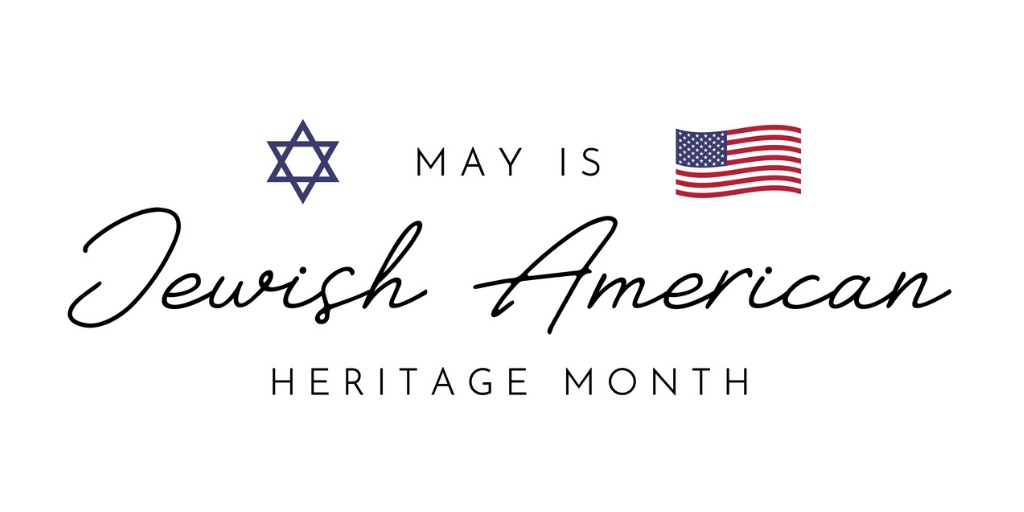| By Carol Brennan |
May is Jewish American Heritage Month, and this blog post highlighting the contributions of Jewish Americans could theoretically consume several hours of your reading time today. However, we have narrowed it down to a concise, but by no means comprehensive, the highlight of four centuries of Jewish American achievement — which can be found inside Gale In Context: Biography.
The first Jewish congregation in what would become the United States was Congregation Shearith Israel, organized in New York City in 1655 by refugees from Dutch-controlled Brazil. Its members included the family of Benjamin N. Cardozo (1870–1938), who in 1932 became the second Jewish jurist appointed to the U.S. Supreme Court. The first Jewish associate justice on the Supreme Court was Louis D. Brandeis (1856–1941), appointed in 1916, who was posthumously honored in 1948 with the establishment of Brandeis University. Alumni of the Massachusetts college include the journalist and author Mitch Albom (born 1958), whose 1997 bestseller Tuesdays with Morrie chronicled his visits to his onetime sociology professor at Brandeis, Morrie Schwartz, in the final months of Schwartz’s battle with amyotrophic lateral sclerosis (ALS).
The first Jewish congregation founded west of the Allegheny Mountains was Rockdale Temple, established in 1824 in the Cincinnati area. It became the center of the American Reform Judaism movement, guided by Rabbi Isaac Mayer Wise (1819–1900). His great-grandson, Arthur Ochs Sulzberger (1926–2012), was the longtime publisher of the New York Times. In Baltimore, the Reform Judaism house of worship Har Sinai – Oheb Shalom Congregation was founded in 1842; the daughter of its longtime chief rabbi was Henrietta Szold (1860–1945), who founded the Jewish women’s organization Hadassah in 1912. Preceding Szold was Hannah Greenebaum Solomon (1858–1942), founder of the National Council of Jewish Women in 1893. Solomon was from one of the first Jewish families to settle in Chicago and was descended from the Spiegel catalog family, as is filmmaker Spike Jonze (born 1969), an Academy Award winner.
In 1993, Brooklyn native Ruth Bader Ginsburg (1933–2020) became the first Jewish woman to be appointed to the U.S. Supreme Court. Her achievement that year came a few months after the first Jewish woman to be elected to the U.S. Senate, California Democrat Dianne Feinstein (1933–2023), took office. The first Jewish woman to serve in Congress was Florence Prag Kahn (1866–1948), a Republican from San Francisco who succeeded her late husband Julius Kahn (1866–1924) in a special election in 1925 and served six terms in the U.S. House of Representatives.
One of the oldest Jewish religious communities in Southern California was Congregation B’nai B’rith, founded in 1862. Its Wilshire Boulevard Temple became a Los Angeles landmark upon its dedication in 1929; construction costs were underwritten by some of the most famous Hollywood studio moguls, including Jack Warner (1892–1978) of Warner Brothers, Louis B. Mayer (1885 –1957) of Metro-Goldwyn-Mayer, and Carl Laemmle Sr. (1867–1939), founder of Universal Pictures.
There are 62 more names of prominent Jewish Americans in the notes compiled to write this entry, nearly all of whom can also be found in Gale In Context: Biography. At a moment in history when immigration and religious persecution remain dominant topics of public debate, we hope this abbreviated list of significant Jewish Americans and their contributions to the United States illustrates and illuminates their vital role in not merely American culture but American democracy.
You can read more about these people and others in Gale In Context: Biography.

About the Author
Carol Brennan has been writing biographical entries for Cengage/Gale since 1993. If she’s not writing, she is either at yoga or walking her dachshund. Carol consumes an alarming volume of podcasts and audiobooks weekly.




